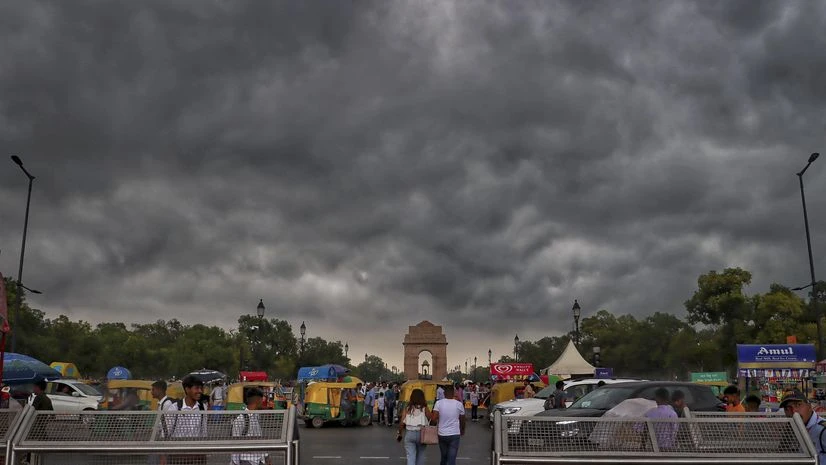)
The Union ministry aims to explore aircraft deployment for cloud manipulation and observation. (Representational Photo)
The Union Ministry of Earth Sciences is exploring plans to overhaul the country’s climate-tracking infrastructure to improve weather prediction and climate management, ministry’s secretary M Ravichandran told Mint. He said the ministry is also gearing up to develop capabilities for modifying weather patterns.
The proposed initiative comes after a series of extreme weather events impacting India’s agriculture and economy. Under the proposed strategy, the ministry intends to deploy satellites in collaboration with ISRO to enhance atmospheric weather profiling.
There are plans to expand the number of observation stations, rain gauges, and wind profilers across the country by tenfold. Additionally, efforts will be made to increase the deployment of radiosondes, which are meteorological devices that measure and transmit atmospheric data to ground stations.
In a novel approach, the ministry also aims to explore aircraft deployment for cloud manipulation and observation. Ravichandran highlighted plans to integrate artificial intelligence and machine learning technologies with Physics-based numerical models for more precise forecasting of severe climatic conditions such as heatwaves and erratic rainfall patterns.
For context, the Ministry of Earth Sciences plays a crucial role in weather, climate, oceanography, hydrology, seismology, and natural hazard forecasting. It also conducts sustainable exploration of marine resources and is involved in research expeditions to the Arctic, Antarctic, and Himalayan regions.
‘Weathering the storm’
Citing the rise in frequency of extreme weather events, Ravichandran emphasised the necessity for the new initiative. He noted how cloud patterns during the monsoon season have transitioned from expansive coverage to more concentrated formations due to increased atmospheric moisture retention. “Changes in rainfall distribution have led to dual challenges of floods in some areas and droughts in others,” said the senior official.
He also pointed out that tropical weather patterns are more complex as compared to mid-latitude and polar climates, underscoring the need for robust infrastructure to enhance prediction accuracy. Currently, the Central government operates 39 radars, 1,000 Automatic Weather Stations (AWSs), approximately 60 radiosondes, and over 5,000 rain gauges. “To achieve greater accuracy, we must integrate both data-driven models (AI and ML) and numerical models,” he stressed.
Current progress and future steps
The ministry is currently evaluating the technical and observational requirements for the proposed initiative. It plans to seek input from various government agencies and ministries before finalising a draft plan for submission to the government in November.
Looking ahead, Ravichandran emphasised the potential of aircraft equipped with observation systems not only to study weather phenomena but also to intervene when necessary. “These systems can potentially initiate artificial rains during prolonged heatwaves, offering relief to affected regions,” he added.
First Published: Jul 17 2024 | 5:05 PM IST


































